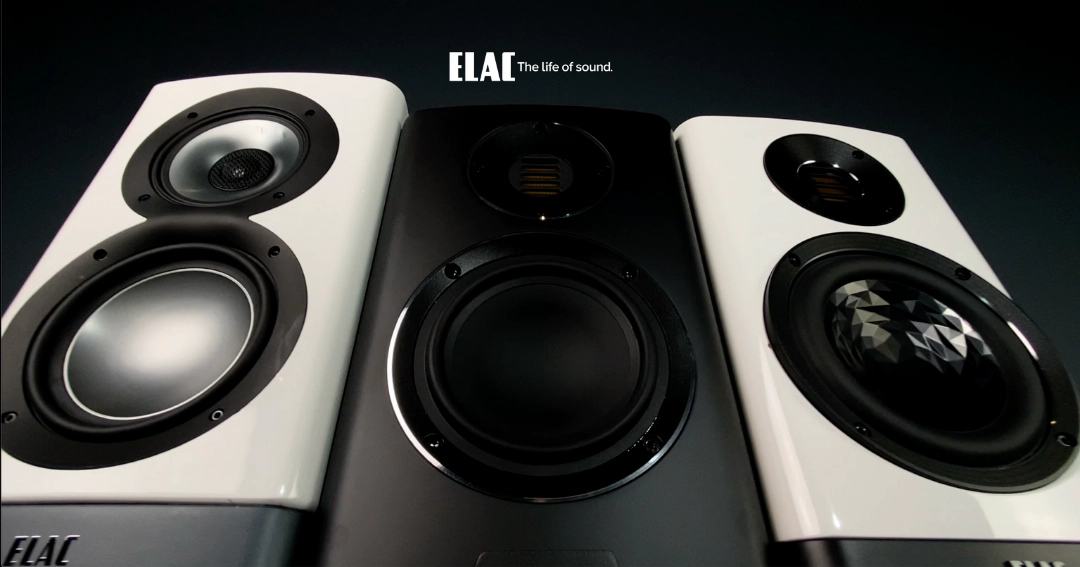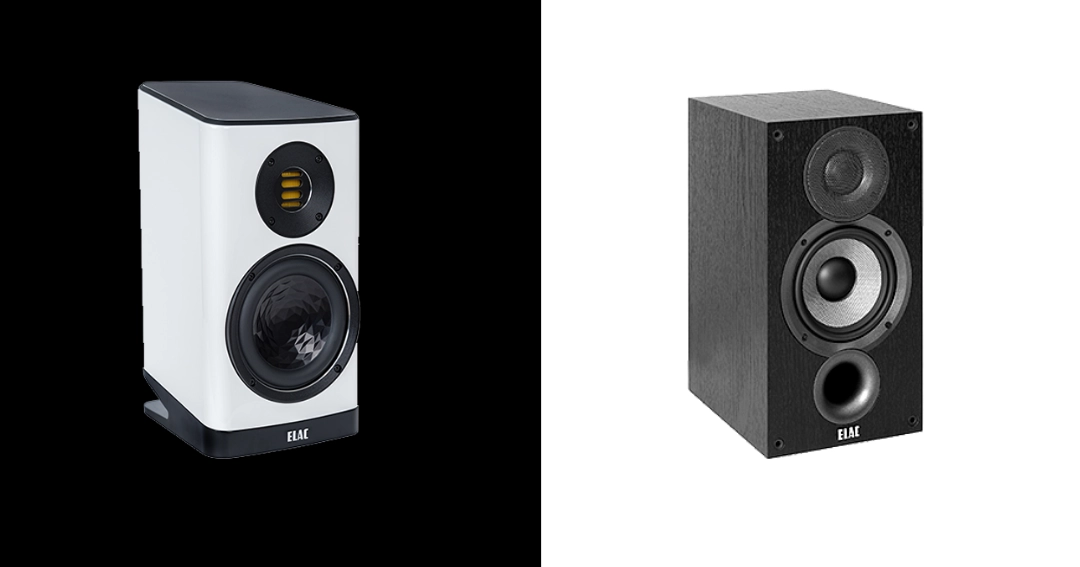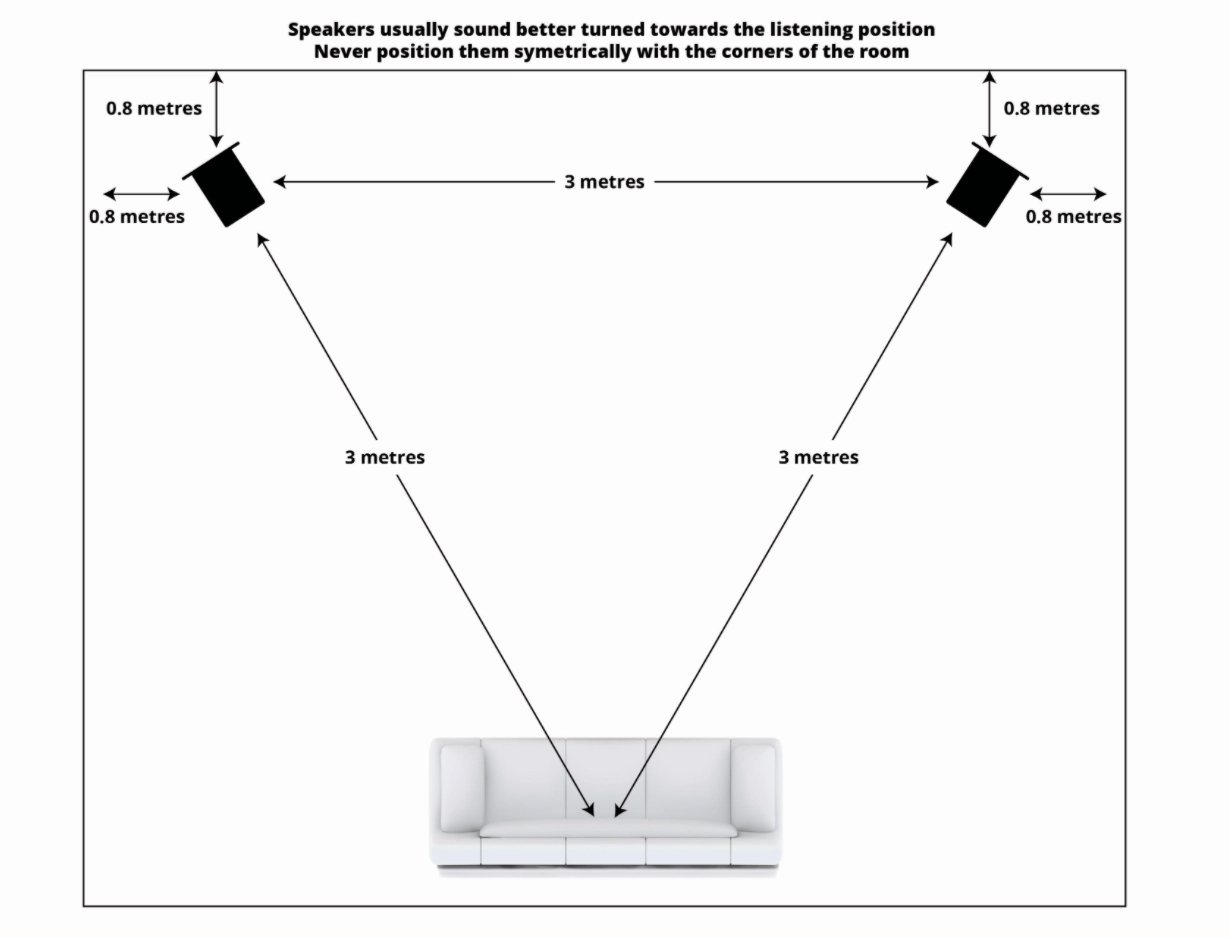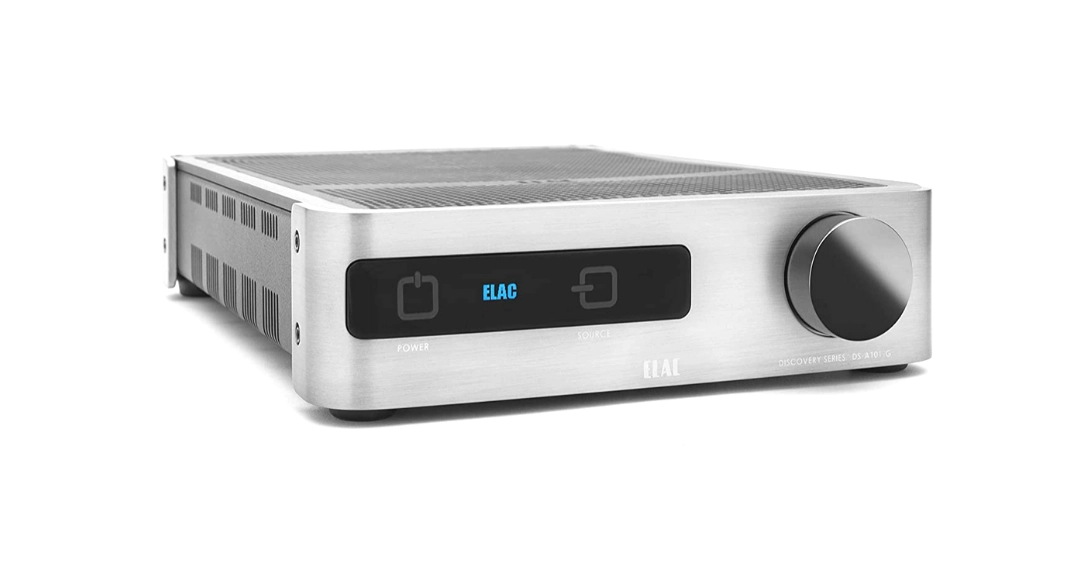Finding the Right Bookshelf Speakers
Bookshelf speakers are probably the best way to get into high-quality audio. You don’t have to spend too much money in order to get good performance, but what do you look for when finding the right bookshelf speakers?
A bookshelf speaker is a compact loudspeaker, generally sold for home audio applications as part of a shelf stereo pair or home theater package, that is compact in size and intended to be placed on a raised surface. In the 1950s and 60s, high quality home loudspeakers were exclusively large and floorstanding speakers, whereas small speaker cabinets had a reputation of a low price and low audio quality. Big speakers might give you a powerful sound, but not everyone has the space, budget or inclination for a set of floorstanding speakers. Today, bookshelf speakers have come a long way and can give you an amazing listening experience. As the name suggests, these speakers are small and compact, and they make the perfect addition to a new hi-fi system. In many cases, bookshelf speakers are a practical solution for sound systems in any space.
So, what should you look for when purchasing a good bookshelf speaker? In this article, we’ll go through the key steps in finding the best bookshelf speakers, from budget, sound quality, size and placement to matching with an amplifier.

Navis, Carina, Vela
1. BUDGET
When you move up in price in speakers, what happens is that you are paying for not just the level of detail that you can hear, but the level of engineering that goes into the speaker. So, what does that mean? You can find an instructive example in ELAC’s lineup. Take Elac’s Vela BS 403 bookshelf speaker, at $4499.00 /Pair a significant price bump from our $399.00 /Pair Debut 2.0 DB52. The extra allocation in purchase price gains you improvement in materials, parts and other bits of engineering that add up to a substantial, total improvement. A cheaper system with low-quality components will struggle to play low frequencies or clear high notes regardless of the quality of the media. For example, Spotify can play notes down to 30hz, and if your system can’t produce those notes, you’ll notice. More expensive speakers are typically more robust and substantial. They will have a more rigid enclosure design and heavy-duty hardware. The more rigid the enclosure, the more accurate the speaker will be in the reproduction of sound. Generally, the overall weight of a speaker can be one indication of its quality. A larger motor structure of a speaker (the magnet and voice coil) will indicate a better speaker, as a “rule of thumb.” This is not always true though. For example, magnets can be made out of different materials. The more cost effective magnet is a ferrite magnet. In some cases though, a neodymium magnet is used, which has significantly more magnetic “strength” than a ferrous magnet, but is more expensive. Therefore, a smaller magnet can be used to deliver great results. The point is that the engineering of a speaker is critical and cannot be take for granted. There are more important things than price to consider when finding the right bookshelf speakers.

Vela VS Debut
2. SOUND QUALITY
Generally speaking, the standard of bookshelf speakers in today’s market is very high. Clearly, the small size of a bookshelf limits the size of a bass driver that can be accommodated and so limits how much air the driver can move. To reproduce low frequencies, we need to move a lot of air. Secondly there is a relationship between the cabinet size, the low frequency extension and the efficiency that is attainable, governed by the pesky laws of physics. One cannot have bass extension, high efficiency and a small box. If we therefore limit the size of box, as in a bookshelf speaker, we must give up efficiency or bass response. Frequency range supported by most speakers goes high enough where humans are barely able to recognize anything. Problems start when you try to define the lower limit. Those who love a thumping bass will need to find speakers that dig low enough in the bass portion of the range. If you enjoy bass-heavy music, then you may want to add an additional subwoofer to your system to help handle the low-end, or deal with a shallow bass.
3. SPEAKER SIZE
Bigger speakers don’t automatically mean better sound. The shouldn’t be the determining factor when finding the right bookshelf speakers. It usually means more volume. A larger size means more room for amplification circuitry, if the speaker is active, and it also means larger drivers. A driver is an individual loudspeaker transducer that converts an electrical audio signal to sound waves. Drivers come in different sizes and modes, but generally, you’ll find three types, based on the frequencies they handle:
- Tweeter driver: These handle the high-frequency treble range (above 2,000 Hz).
- Midrange driver: These handle the midrange frequencies (200 Hz to 2,000 Hz).
- Woofer driver: These handle the low-frequency bass range (below 200 Hz).
No single driver is well suited to handle all sounds from 20 Hz to 20,000 Hz (the audible range); multiple drivers are commonly used to be able to span the full spectrum. If you value volume, then you may want to look at a larger bookshelf speaker, ie. Instead of the Debut B6.2, you may want to get the Debut F6.2; difference is in volume.
4. SPEAKER PLACEMENT
Location, location, location. No matter what audio equipment you have, proper speaker placement can significantly improve your listening experience. Decide roughly where you will be positioned when listening, then place your speakers so that they form an equilateral triangle with your listening position. Move your speakers at least 2-3 feet away from the nearest wall. This will minimize sound reflections, which can negatively impact playback clarity. Position your speakers so that the tweeters are at roughly the same height as your ears. Angle your speakers inward so they’re pointed towards the listener – more specifically, at a point directly behind the listener’s head. You’ll get excellent results if you position your speakers carefully, putting them on stands that isolate them from the ground to help with vibrations, making sure they are at the right height and pointed right at your listening position. Also, items such as furniture, carpet, wall coverings etc. can significantly impact the listening experience. The more items that absorb sound, and minimize reflections in a room, generally the better the listening experience will be.

5. ACTIVE VS PASSIVE
If you are looking for an easy to place speaker and want to be able to choose your own amp or upgrade it, then a passive speaker is probably the way to go. If you want a speaker that can play loud with lots of bass or you want to be able to stream wirelessly to it, then an active speaker will fit the bill. You can also stream wirelessly to passive speakers if you have a streaming enabled amplifier (like our DS-A101-G).

Discovery DS-A101-G
Active speakers combine all of the traditional components of a stereo system into a pair of speakers. The amplifier is built inside the speaker and it’s optimized to provide the best possible sound quality for that specific speaker. This takes the “guess work” out of the equation when deciding which amplifiers to pair with which speakers. The engineers have done this work for you. You can look at out Navis Series with a built in Amp. Most active speakers have a sufficient number of inputs for all of your playback devices and, in most scenarios, a pair of powered or active speakers require only a power source and a minimal number (if any) of cable connections.
Passive speakers are a little different, as they require separate amplifiers or mixers to power them and they also need speaker cables to be able to transfer the sound from amplifier to speakers. The large majority of bookshelf speakers are passive. That means that a standalone amplifier is necessary in order to power them. When you are choosing your first bookshelf speaker, you should also budget in some kind of an amplifier as well.
Conclusion
Did this article helped you determine what is needed in finding the right bookshelf speakers? Bookshelf speakers still offer the best balance between audio quality and size. In conclusion before you buy bookshelf speakers, think about what you want to use them for. Will they be added to your entertainment system to enhance your home theater, or used to listen to music? Will you primarily listen to a genre that’s heavily reliant on the mid & high frequencies such as classical or jazz – or bass-laden, lower frequency music like techno, trap, or hip-hop? Keep positioning tips in mind: a stable shelf (or speaker stand), enough room behind the speaker, directed towards the listener. And if you’re looking for powerful bass, choose a system with a separate subwoofer. Adding a subwoofer can take the bass load off a smaller bookshelf which actually improves its midrange performance. Good speakers will generally improve sound quality, regardless of how you use them. To get the most out of your new speakers, pick the ones best suited to you.

